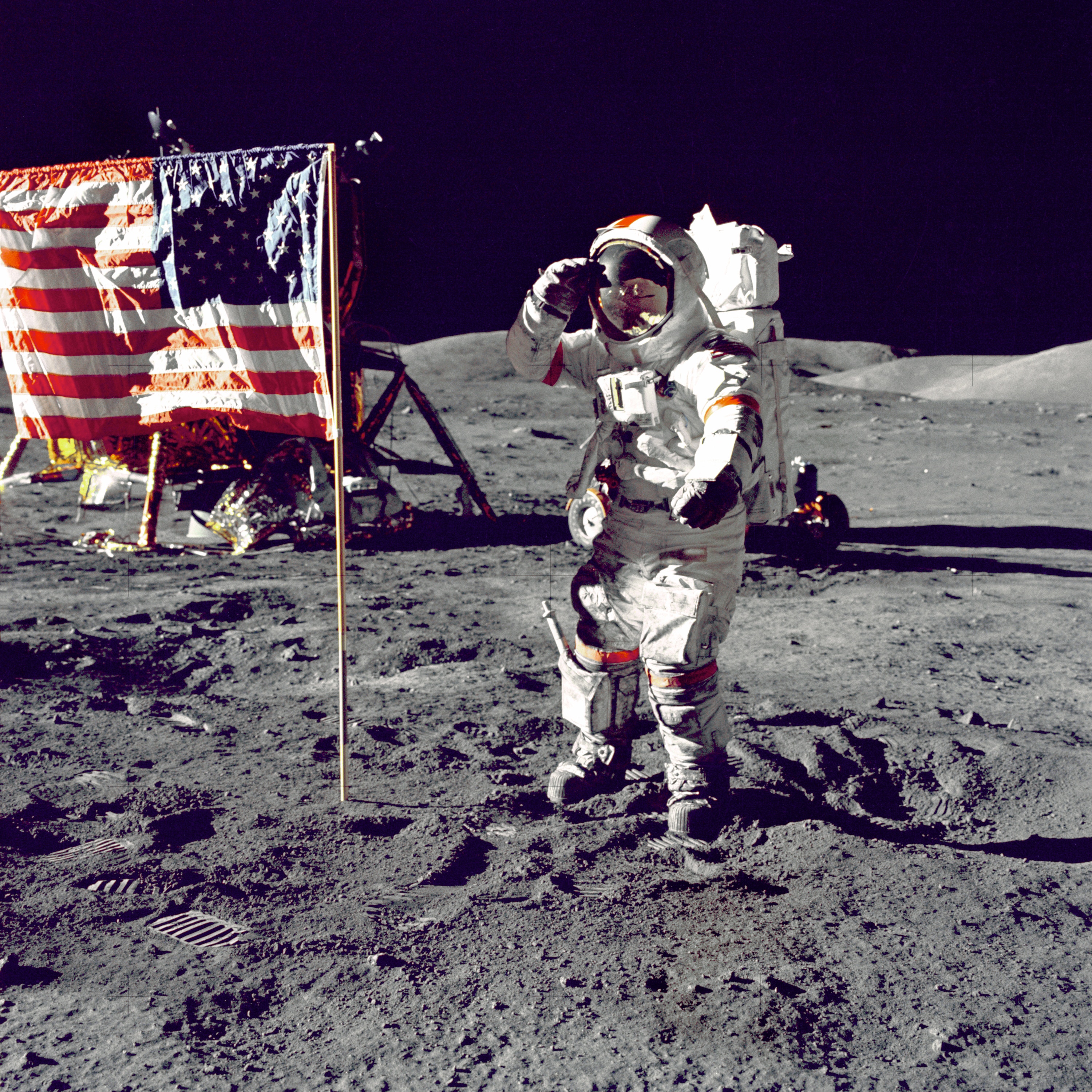I was watching an episode of Timeless, a millennium reminder of the 80s Quantum Leap, when an episode came on featuring a female mathematician by the name of Katherine Johnson, impacting women’s role in NASA and America’s history to accomplish the moon landing.
Unfortunately, never hearing of Katherine Johnson, I was Intrigued by the story, I wondered how much was true. My dear friend Google gave me a handful of stories about the notorious woman. And if, by now, you haven’t heard Katherine Johnson didn’t work alone. She was accompanied by two other women Mary Jackson and Dorothy Vaughn. Their intriguing story was written into a famous book by Margot Lee Shetterly, Hidden Figures, which was then transferred into an Oscar nominated film. These women opened doors to females in NASA. (Also, to mention the first female Black Women in NASA to make changes!) This female trio opened a door to the idea of women engineers which is still changing the lives of women in NASA today.
On March first, of this year, Rolling Stones released a compelling article naming, not one, not two… not three… but a team of twenty fascinating women engineers. (I must admit, I googled all twenty out of curiosity. They appear to be ladies that in my everyday life I’d befriend, watching a Star Wars movie, go for a hike or grab a drink.) This group of twenty is adding to women making history in science and exploration by being part of The Insight Mission. (In simple terms, this touchdown will be the first to dig into Mars’ interior, grabbing important data. HUGE DEAL!)
In the Rolling Stone’s article, female engineer, Wertz Chen explains, “It happened very organically (the team).” Her statement proves the growing number of women in NASA is undeniable, in the once dominated male organization, flourishing with girl power!
The first woman launched in space was in the early sixties, Russia’s Valentina Tereshkova, and the United States followed twenty years later by launching our first American female in the early eighties, Sally Ride. (I was seven years old at the time, a second grader, remembering the event televised.) The numbers of women launched into space are low, as reported by The Guardian , with less than eleven percent, out of five hundred women that have been to space. But this is changing too…
NASA released news that on March 29, 2019 Anne McClain and Christina Koch will be the first female duo spacewalk (published in Times Live). They will make this mission during the thirty-five-year anniversary of Russia’s Svetlana Savitskaya, the first woman to walk in space. The duo heading into the stars isn’t the only exciting female news on this mission. McClain and Koch’s ground support will also be a female duo! Flight director Mary Lawrence and Kristen Facciol will aid McClain and Koch on their mission. What better time for these four women to launch this historical mission than during Women’s Month?
The truth is, the March 29 mission will be the first of many more for women being launched into space and Kate Greene’s research proves this. The practically is that women are better fitted for space exploration, as Greene announces her findings in SERVI ( NASA’s Solar System Exploration Research). In a mock trial study on a mission to Mars, comparing the number of calories taken in by men and women while on space exploration, women took in half the calories than the men did. That’s half! Greene based the studied off the metabolic rate between men and women, both equally exercising and moving in the same manner. Women could maintain their weight while burning fewer calories and taking in less food. With less food needed aboard a ship, it makes room for more equipment, supplies and less food minimizes the cost of the mission on the long journey to Mars. After Greene’s study, NASA can’t deny that it’s first mission to Mars might just be all-female!
If you’ve ever thought about a career with NASA, engineer, flight director or astronaut, it’s not a far-fetched decision, more possible than it may have ever been. I’d like to paraphrase Mr. Armstrong’s words, respectfully: One small step for women, one enormous leap for womankind.


